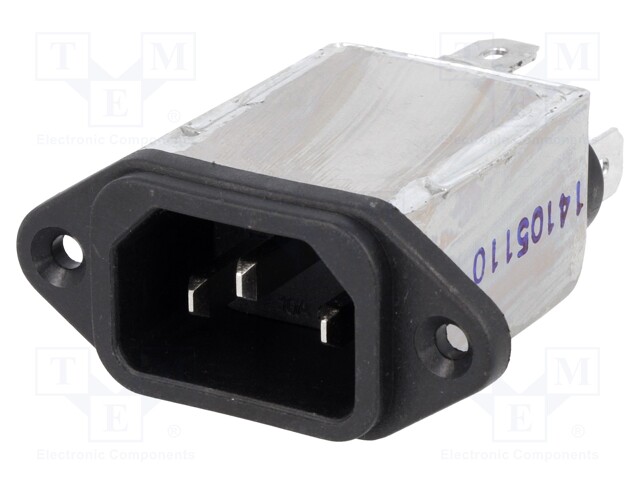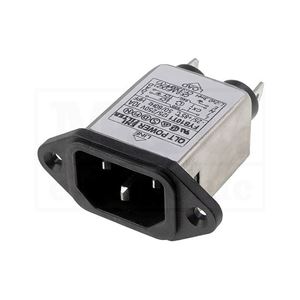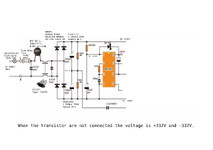zxpa
Member level 1

I want to make SMPS power supply?
As a beginner I don't know are these circuits are workable?
Please if somebody who has more experience to recommend me the scheme I uploaded here?
All of these schemes are different power.
Is this scheme workable?

Is this scheme workable?

Is this scheme workable?

Is this scheme workable?
Does this EMI filter hase built in NTC resistor?
https://www.tme.eu/en/details/fyb10t1/iec-60320-connectors/yunpen-electronic/

Is this scheme workable?
There is transformer connected at 220V AC
Do I need 150W iron cored transformer for this circuit?

As a beginner I don't know are these circuits are workable?
Please if somebody who has more experience to recommend me the scheme I uploaded here?
All of these schemes are different power.
Is this scheme workable?
Is this scheme workable?
Is this scheme workable?
Is this scheme workable?
Does this EMI filter hase built in NTC resistor?
https://www.tme.eu/en/details/fyb10t1/iec-60320-connectors/yunpen-electronic/
Is this scheme workable?
There is transformer connected at 220V AC
Do I need 150W iron cored transformer for this circuit?







